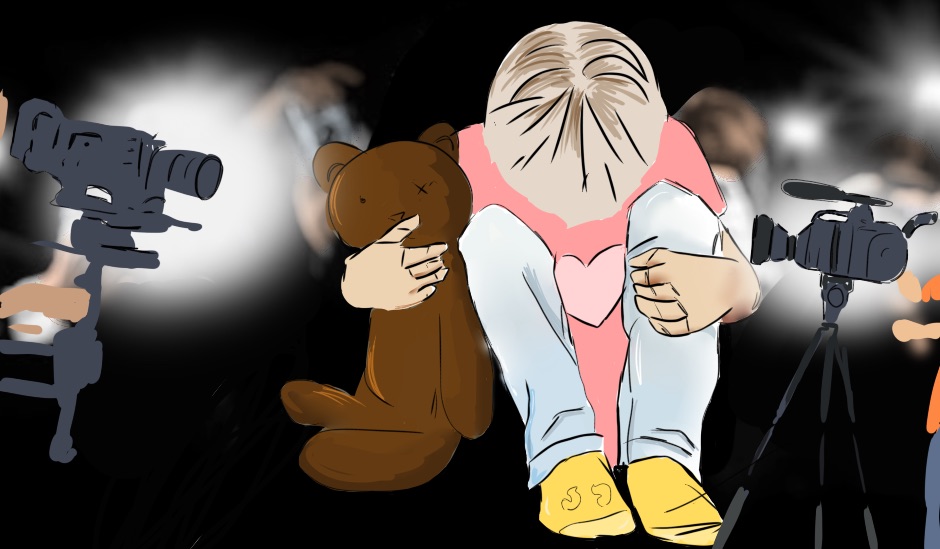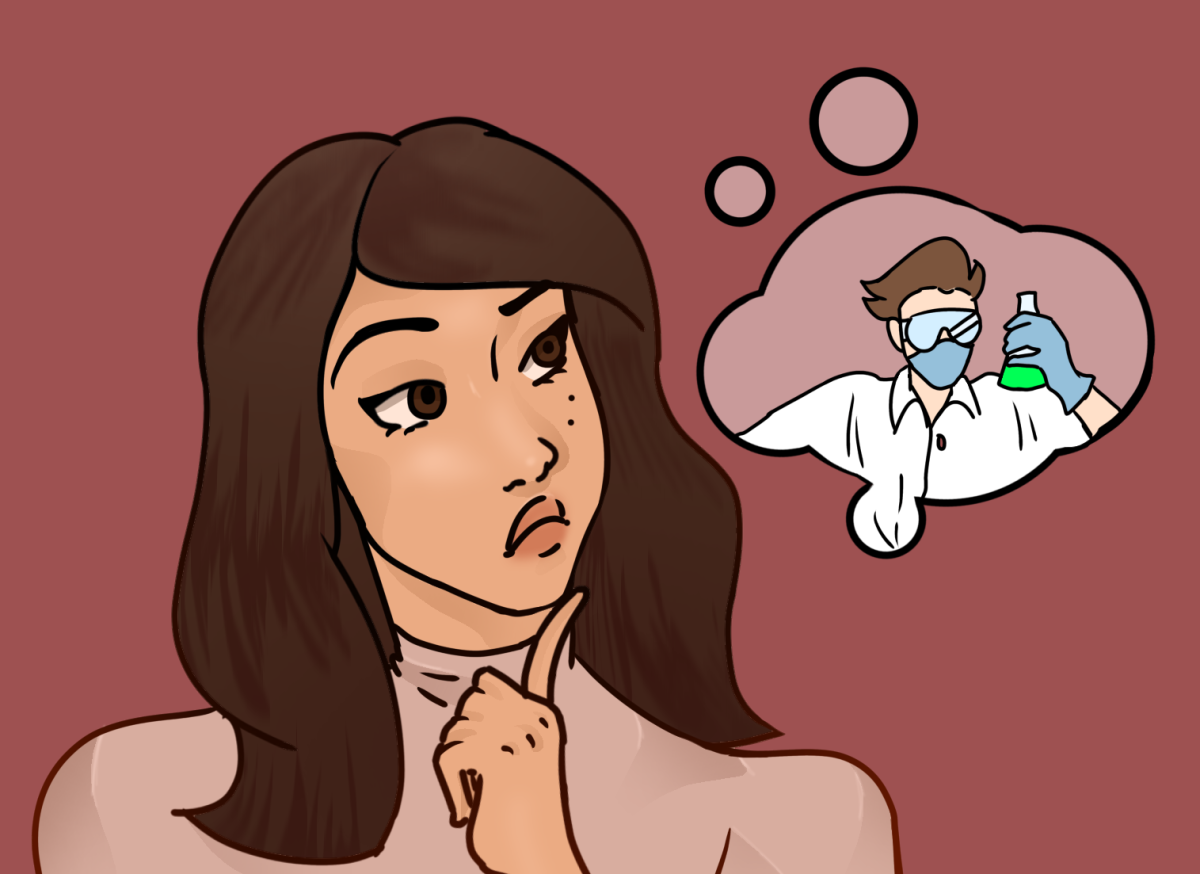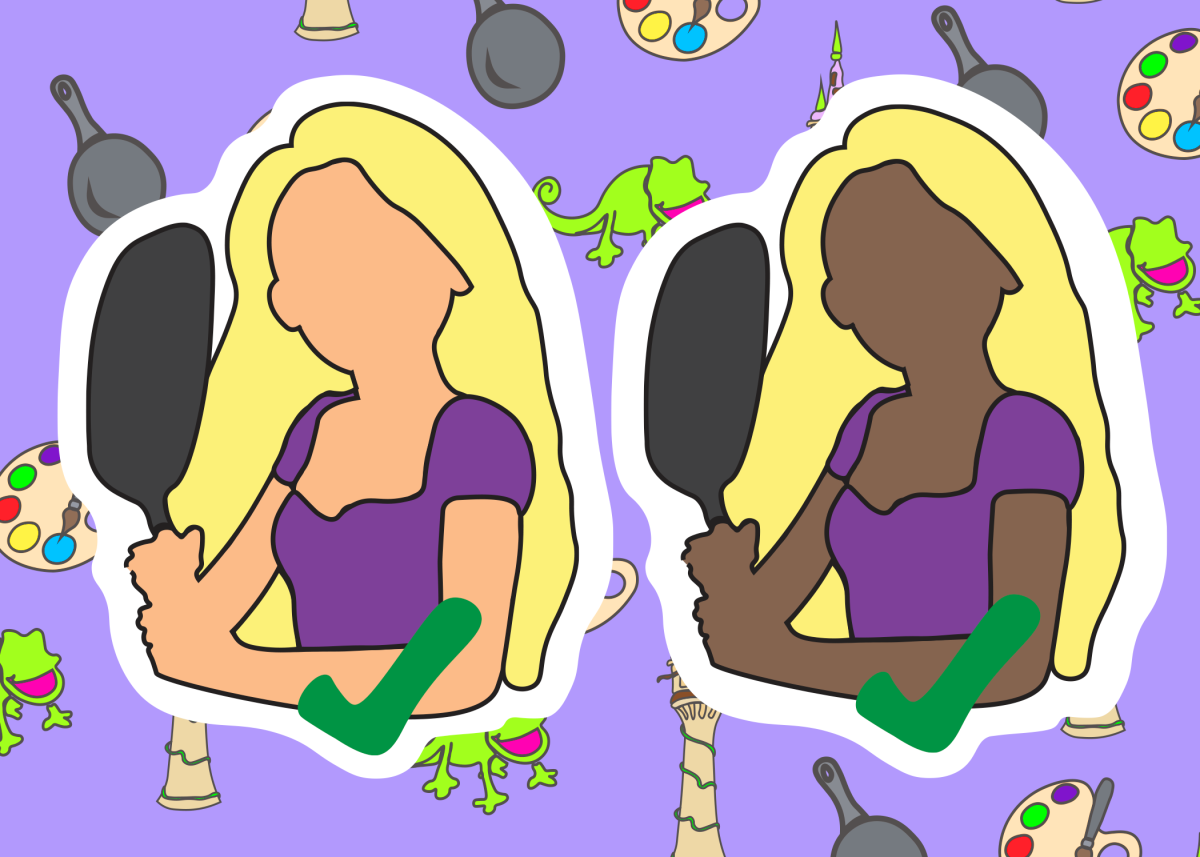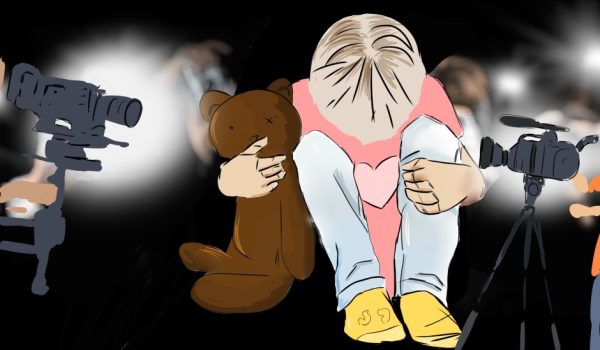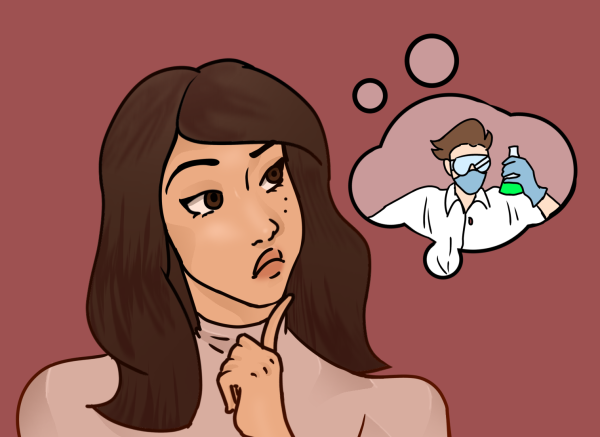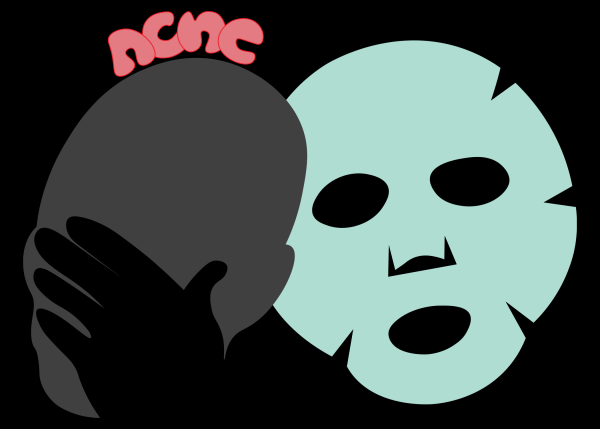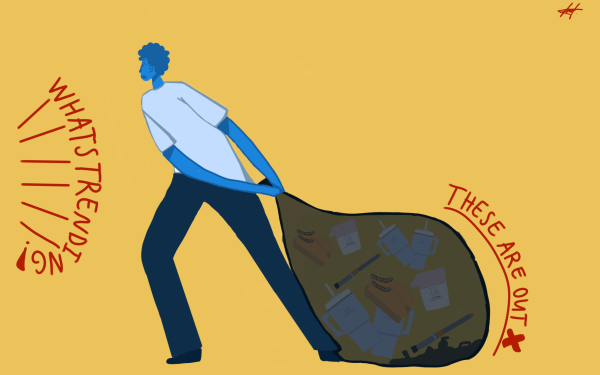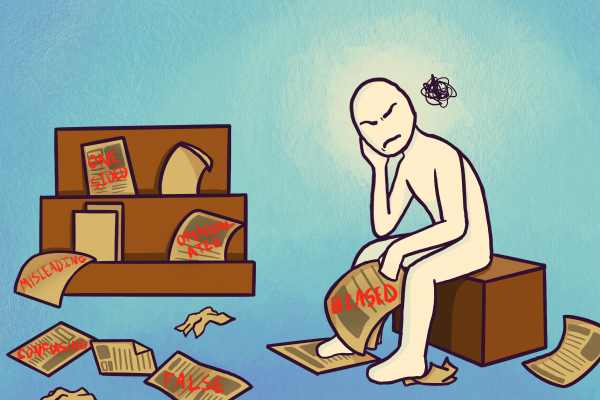Kids are trying to look, act, and dress older than they are in a new harmful phenomena
November 1, 2022
With layers of makeup, revealing clothing and the newest iPhone in hand, it has become a near-impossible task to differentiate children as young as 7 or 8 years old from teenagers; they dress, act and look way older than they actually are.
For many children, the “traditional” childhood my older peers and I enjoyed has been altered. Instead of playing outside for hours on end and not caring about our appearance, kids these days are fixated on growing up as quickly as possible.
“Eight is the new 13,” Bill Goodwin, a marketing consultant who specializes in children, wrote in the Marketing times.
Our society has gotten to the point where this rush toward adulthood is no longer a sad phenomenon, it’s just what childhood is now–you leave elementary school and your life is an extended process of waiting to be a teenager. It seems like the current generation of kids is in a race to grow up and upgrade to teenager status, thus blurring the lines of what childhood truly is.
Walking around a mall, for example, it is not uncommon to see young kids wearing crop tops and short shorts. This attire has become so normalized for younger children that it is no longer shocking to see.
While there are many causes for the rush toward adulthood, the main one can be attributed to the expansion of technology in the past years. If toddlers are playing computer games, how can 10-year-olds be expected to be content with building Legos or playing with dolls? The internet and television have only increased the constant exposure to commercialism.
It is not an unusual concept to want to appear older, but when it gets in the way of enjoying childhood, it can become extremely harmful. As a result of this phenomenon, kids can eventually struggle with emotional, psychological, intellectual and social problems that can follow them for the rest of their lives.
In recent years, the suicide rate amongst individuals aged 10 to 24 has increased by nearly 60 percent, according to the Centers for Disease Control and Prevention in 2021. There has also been a substantial rise in eating disorders among girls in late elementary school, likely because of pressures from social media; Constantly seeing models who look a certain way can have negative implications on one’s feelings of self-worth.
Drugs and alcohol are also seeping into tween culture; many feel pressured to try different substances in an attempt to appear cool, act older and fit in with their peers.
It is disheartening to see so many kids missing out on some of the best years of their lives due to wanting to grow up too fast. Personally, I feel very lucky to have been given the chance to have a childhood where I was able to enjoy myself without a phone. I was not worried about what I looked like or what I was wearing, only that I was having a good time.
It is a valid question to ask if there will be a point in time where childhood is completely unrecognizable or if it will even exist. However, there are some steps that can be taken to help children get the most out of their childhood.
For one, parents should listen to how their children feel about the issue. Secondly, parents can educate their children on the issue and help them understand what is happening and why.
Ultimately, parents should encourage their child to pursue their own interests, rather than blindly following the steps of their peers. Educating the next generation on this phenomenon will ensure that our future generations will get the most out of their childhood years before rushing into adulthood.
This story was originally published in the October 2022 Eagle Eye print edition.





